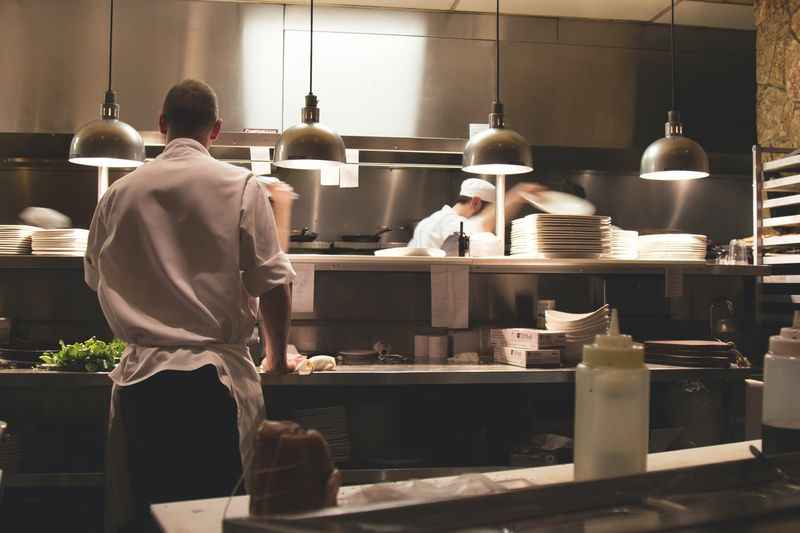A grease trap is a container located between the drainage system of a restaurant, canteen, cafe or other food production and sanitary sewer networks, this tank is used to separate and collect fats and oils from the water used. Grease traps reliably protect domestic sewers and wastewater treatment plants from grease, protect catering establishments and urban wastewater treatment plants from problems. There are many grease traps, however, the cheaper the trap, the more time, effort and money it requires for maintenance.
Why should I have a grease trap?
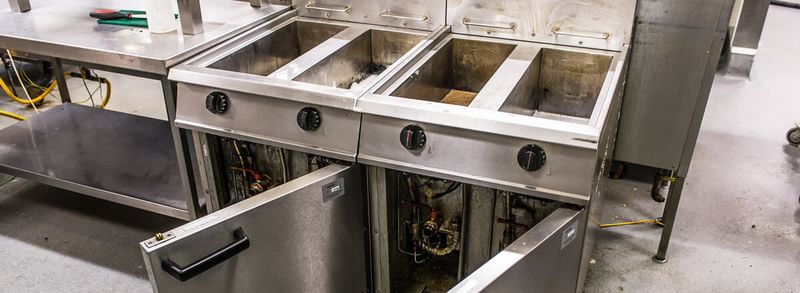
Modern kitchens are literally stuffed with equipment: deep fryers, woks, combi steamers, dishwashers, washing machines and more. From early morning, fat flows into the kitchen sewer, the worst enemy of all pipes.
Both in the harsh winter or in the hot summer season, when the catering network expands significantly at the expense of an outdoor cafe, the load on wastewater treatment systems is enormous. That is why the regulatory authorities tighten the requirements for water treatment year after year and seriously increase fines for polluted effluents. Without the grease trap, no place where food is served cannot be opened.
Cleaning grease traps becomes imperative not only for legal business purposes but for its own operation. Avoid bad odors derived from the accumulation of waste. In addition, it will extend the life of the device and its good operation.
How does it work?
As all the waste passes quickly through the kitchen equipment into the drain and goes further into the sewer, this creates a problem. For that reason, a grease trap was made. It slows down the flow and let everything cool down. Light things float to the top, while heavier things, various types of waste fall to the bottom. And only water passes through it, which is harmless to sewer networks. Unlike all the debris that stayed inside.
Must-Knows for Kitchen Grease Trap Maintenance
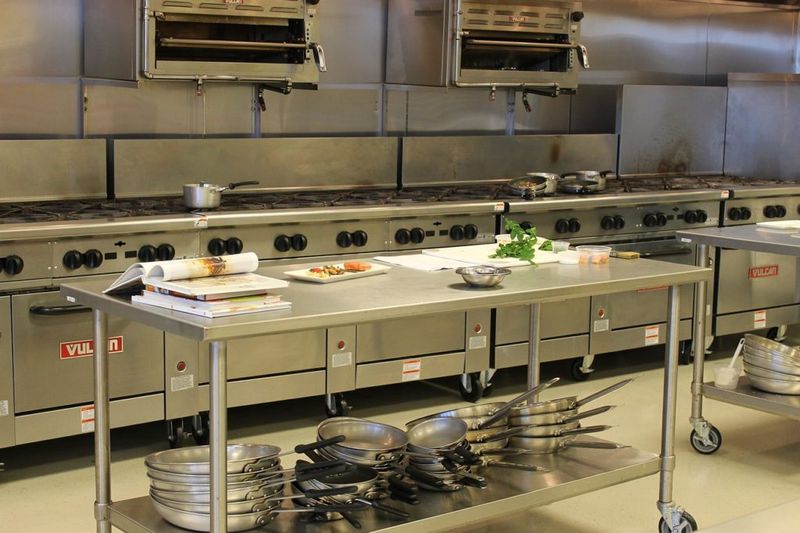
Preventive maintenance
Make sure that you and your staff are aware of what to do and what not to do about proper grease management in your kitchen.
Good practices:
1. Put the oil or fat in closed collection containers, avoid pouring them directly into the drains, sinks or toilets.
2. Remove the leftover food on the dishes and put them in their corresponding container.
3. Cool before carving or wiping excess oil or grease from dishes, pots, and racks.
4. Rinse the dishes and pots with cold water.
5.Do not use chemicals to clean internal drain lines, such as solvents, acidic or basic agents, etc.
6. Cover the kitchen sink with a special sieve to catch debris and empty it into the trash can as needed.
7. Cover the strainer on the floor with a fine sieve and empty it into the trash can as needed.
8. Sweep dry debris that falls on the floor from food preparation areas.
9. Do not use waste disposers that discharge directly into the drain.
Corrective maintenance
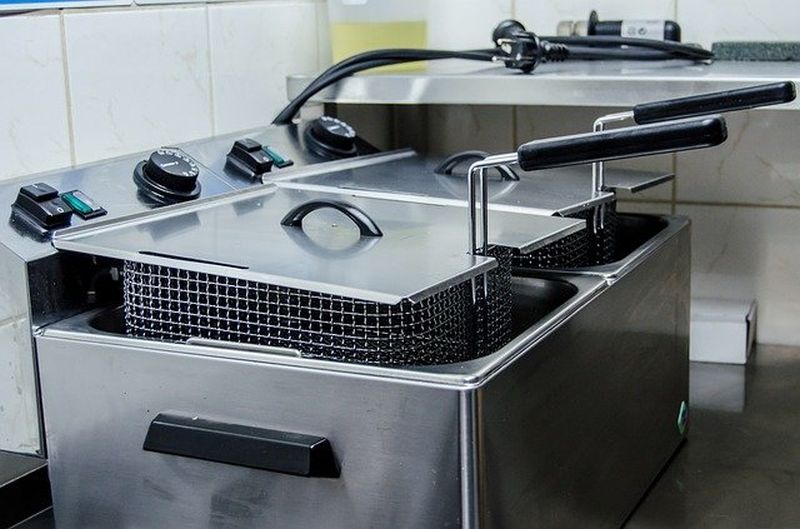
Recommendations:
10. Have “spill kits” that include absorbent materials (paper towels, sawdust, etc.) and that are accessible in case of an emergency.
11. Carry out the cleaning shortly before the authorized company, like houstontxgrease.com, comes for the grease and residue removed. This will minimize the time the waste will remain in the trash and the bad smell.
12. Before cleaning the grease trap, put ice and lemon juice in the sink attached to the device to lower the temperature of the water in the trap, which will make the fat solidify faster, while the lemon juice will help with the odor.
13. Avoid using soap, degreasers, acids, or even hot water to clean the filter, as soap can loosen (dissolve) the grease and it will go into the water treatment system.
14. It should be thoroughly cleaned when grease and cemented solids occupy 25% of its volume, at least once a week.
Tools you will need:
15. Personal protective equipment:-rubber gloves, -covers mouths and -security glasses.
16. Lever, wood dowel or stick, measuring tape, tools to remove the content:bucket and spatula. Container for the extracted water, high resistance plastic bag, maintenance log.
Cleaning procedure
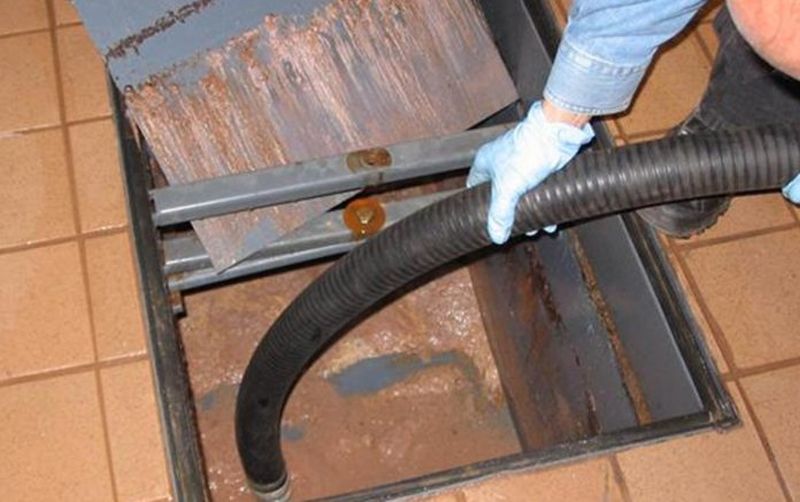
17.Open the grease trap cover carefully with the help of a lever.
18.Observe the way the components are installed to place them properly after cleaning.
19. Measure the amount of grease suspended in the trap. Insert a wooden dowel or measuring stick to the bottom of the trap, and shake gently so that the grease marks on the dowel. Remove the pin and use a tape measure to determine the thickness of the suspended debris. Record the results in the logbook and remove the suspended debris (put it in the right place).
20.Remove the standing water in it and store it to pour it back into the trap after removing the residue.
21.Remove the residue from it with the help of a bucket. Place the waste in a heavy-duty plastic bag.
22. Scrape off the lid and sides of the trap with a spatula. Remove large deposits (chunks) of grease or oil that accumulate in the trap.
23.Reinstall the grease trap parts following the manual and return the stored water.
24.Close the trap lid. Check that there is no damage to the gasket, replace it if necessary. Make sure all screws are in place and properly tightened.
25. Record the results in the maintenance log
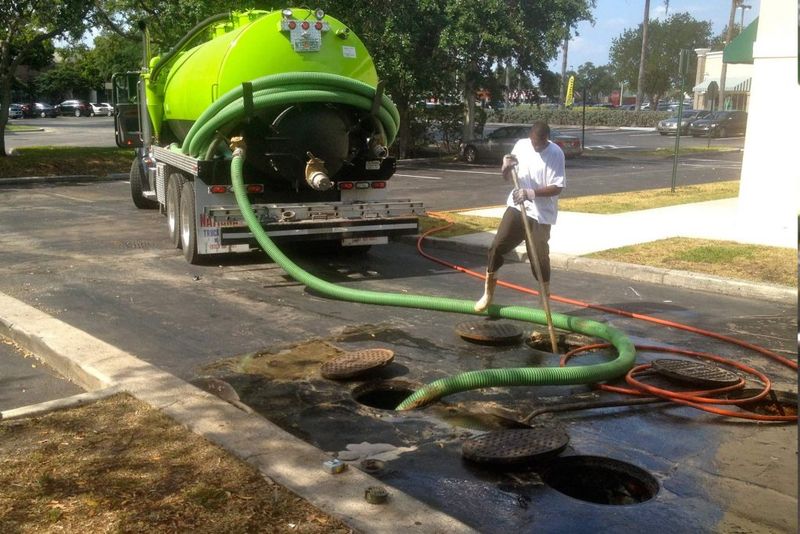
Use of biotechnology
The use of special highly effective biological products for the decomposition of fat will help to almost completely get rid of the above problems, and at the same time significantly save money and time.
Biological products are, in fact, living bacteria, which, in the course of their life, decompose organic and fatty deposits to simple and completely safe substances – carbon dioxide and water. As a result, the amount of fat in the grease trap is reduced to 80%. In addition, biological products are able to effectively eliminate unpleasant odors formed from rotting waste, both in the sewage system and in grease traps, as well as clean pipes from grease. At the same time, bacteria are completely safe for human health, animals and the environment. Indeed, in nature, such bacteria are present in soil.
Types of biological products
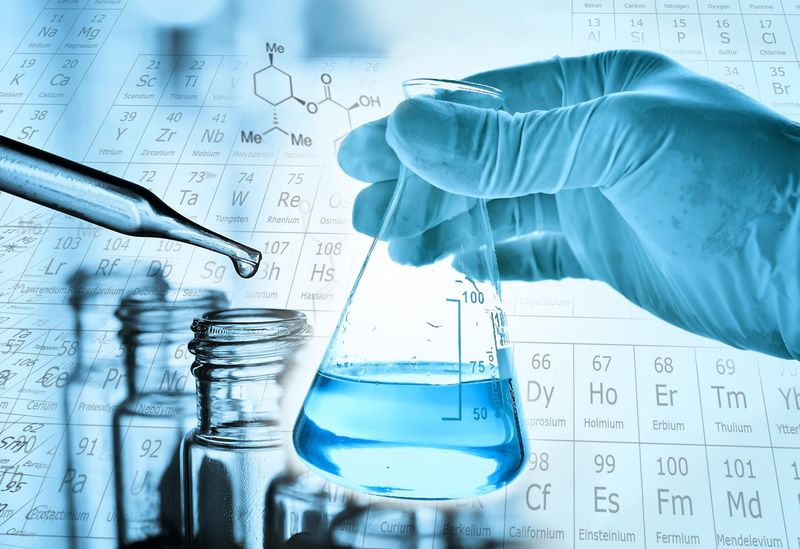
Biological products can be produced in two forms: in the form of powder or liquid. Of course, powders are distinguished by a more powerful bacterial composition – 5 billion / gram, therefore, these biological products can be used even in such industrial enterprises, whose clean working grease traps are characterized by a rather high fat content (oil and fat plant).
In the production of a biological product-powder, bacteria are subjected to sharp freezing, after which they, remaining alive, “fall asleep”. And in order to “wake them up”, it is enough just to dilute it in warm water and wait 15-30 minutes before using the biological product, so that the solution is infused.
Despite the fact that liquid preparations contain much less bacteria, here they are in a very active state. Moreover, liquid preparations are favorably distinguished by a high concentration of enzymes that accelerate the cleaning process. To obtain the maximum effect, reduce the dosage of fairly expensive powder preparations and reduce the frequency of use of biological products, the combined use of liquid and powder is recommended.


